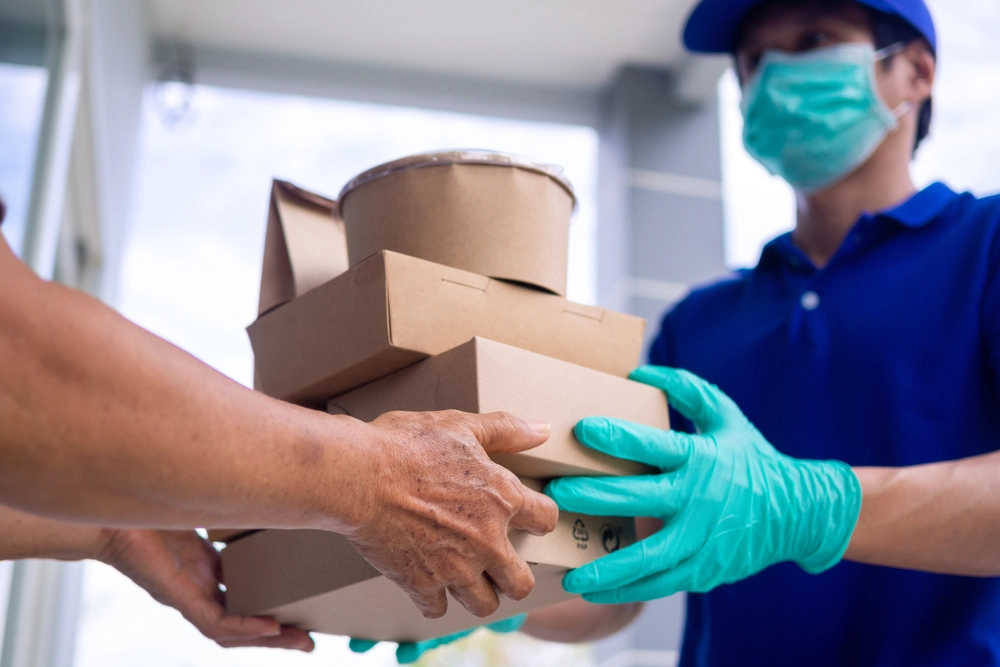The Impact of COVID-19: How It Has Transformed Packaging
The COVID-19 pandemic has remarkably changed the way people all over the world live their daily lives. New protocols were established to maintain public health and safety as part of the new norm.
For several months, businesses have also been heavily impacted by these changes as prolonged lockdowns and social distancing rules brought the economy into an alarming recession.
Now that several countries are continuing to roll out vaccination programs, it is a timely opportunity for your business to look back on the impact of the pandemic and rise to its challenges. This will help you prepare for the future and create better strategies to keep you on track with your business goals.
In this article, you will learn more about the impact of COVID-19 on the packaging industry and how your business can find suitable printing solutions to overcome these challenges.
10 Ways COVID-19 Has Affected Packaging
The impact of COVID-19 placed a significant toll on the packaging industry and how its operations performed. Due to the strict health and safety measures set by government units, major changes had to be made to accommodate these new regulations. Here are a few effects that the packaging industry has currency faced in this situation.
1. E-commerce has become a booming industry for packaging
The impact of COVID-19 has placed great significance on the value of e-commerce packaging. More consumers have turned to online shops to safely attain daily necessities such as groceries, medicine, household supplies, and many more.
As such, businesses focus more on how they can safely package their products, so they arrive safely at customers’ doorsteps.
2. Safety and hygiene as a priority in packaging
With infection rates continuously rising, product safety and hygiene became a top priority in creating new packaging. Manufacturers now have to reconsider different materials and designs that incorporate these new rules and regulations while maintaining sustainability.
For instance, as safety has become a priority among consumers, this has improved the perceived value of plastic packaging, as well as foils, blister packs, closures, and rigid plastics.
3. Disruptions in the supply chain
The impact of COVID-19 caused a supply chain crisis when national lockdowns were set in place. These disruptions caused panic amongst consumers, leading them to buy items in bulk. This resulted in a shortage of essential goods and increased prices for high-demand supplies such as medical supplies, personal care items, and many more.
4. Impacts on various material sectors
Different material sectors such as glass, textile, and wooden packaging faced a decline in demand as outdoor dining and economy trade was placed on the lowest priority. Comparatively, other sectors such as flexible packaging and board packaging continue to do well due to the sales accounted for by food and drink suppliers.
5. Redefined sustainability in packaging
In terms of sustainable packaging, government units still wish to continue to find ways to address the packaging waste and recyclability issues. Many countries aim to control this through changes in manufacturing regulations and tax laws. However, some organizations have also delayed these changes in fear of transmitting the virus.
6. New investments in different packaging technologies
More brands are changing their current packaging to meet the demands of the new normal. This includes investing in modern packaging trends and technologies such as smart packaging, anti-microbial packaging, and digital printing.
7. Adjustments based on consumer preferences
Due to the pandemic, consumers have become more conscious about health and hygiene with growing health concerns still in play. This is also reflected in the products they purchase. Apart from being price sensitive, consumers want items that are packaged and sealed well to prevent the virus from spreading into their homes.
8. Lifted or delayed bans on single-use packaging
Due to safety and hygiene concerns, the use of plastic packaging and single-use plastics became necessary to prevent the spread of the virus. Many countries, including the United Kingdom, delayed the ban on items such as cotton buds, plastic straws, and stirrers.
9. More attention is placed on medical packaging
The demand for medical packaging increased as the health crisis grew more severe over the first few months of the pandemic. But this is only the case for specific supplies while other products experienced lower demands.
10. Slow growth for other consumer packaging
Homecare products and other essentials continue to sell well while other consumer goods decline in demand. These include sectors such as electronics, glassware, ceramic packaging, and electricals. It is also expected that these markets will not regain their loss until after shops reopen.
Packaging Beyond COVID-19
Due to the impact of COVID-19, several industries were forced to put their operations on hold while new health and safety protocols were established. However, many essential sectors, including the packaging industry, continued to function as new demands and trends emerged. This is because it plays an integral role in managing the worldwide supply chain and people’s daily lives.
While the economy and the world at large slowly begin to recover, you can take this opportunity to adapt to these changes and prepare for the next normal to come. Get in touch with Meyers Printing today to gain more significant insights into professional printing solutions and your business needs during these challenging times.

